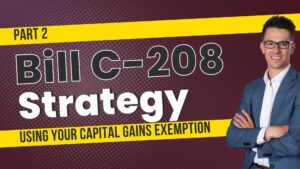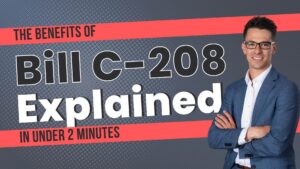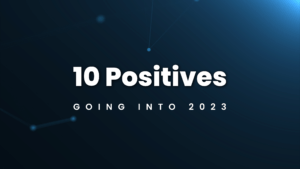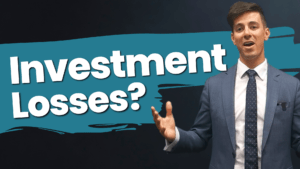Are you thinking about purchasing life insurance as a succession planning tool, but having trouble wrapping your head around the annual costs? You might be thinking, “I could be using this cash to buy more land, pay off debt, increase my salary, upgrade my equipment, etc.” I get it, insurance isn’t a very exciting topic, especially when you’re the one whose life is insured. What if you looked at insurance from an investment perspective instead of an expense perspective?
How it helps today
You’ve spoken to your team of advisors, and you’ve completed a succession plan. Your farming child will start slowly buying your farm shares while your non-farming child will receive $2,000,000 in non-farm assets upon your death. You currently have $1,000,000 worth of non-farm assets, therefore, the farm would need to come up with another $1,000,000 to provide your non-farming child with $2,000,000.
Purchasing life insurance inside of your farming corporation is by far the most cost-effective way to pay for this potential $1,000,000 liability. Alternatives include taking out a loan or using cash; however, both options would set the farm back and impede its ability to grow. Life insurance would provide an immediate $1,000,000 to the farming corporation which could then be used to equalize your estate. Your farming child would now own 100% of the farming corporation while your non-farming child would have received their $2,000,000.
How it helps tomorrow
Let’s fast forward 25 years: your farming child has just provided you with their final payment. They now own 100% of the farm. You’ve changed your estate plan because you now own $4,000,000 of non-farm assets. You’re farming child has paid you the fair market value for your shares of the farm corporation over the years, and now you believe it’s only fair to split your estate 50/50 between your two children.
What about the life insurance that’s owned by the farming corporation? It’s no longer needed to equalize the estate so was it a waste of money? Of course not, this has now turned into a $1,000,000 farm asset to be used for the benefit of the farm. Your farming child now has options, they can buy land, pay off debt, use it as their retirement income, estate equalization, the options are endless. Just because it’s no longer needed for succession planning doesn’t mean it can’t still be extremely valuable to the farm.
A profitable strategy
“Try looking at life insurance as an investment, not an expense.”
When considering the many ways that it can be used to provide financial stability and flexibility, now and many years down the road, it’s easy to see how purchasing life insurance can be a profitable strategy for yourself, your family, and your farm.








